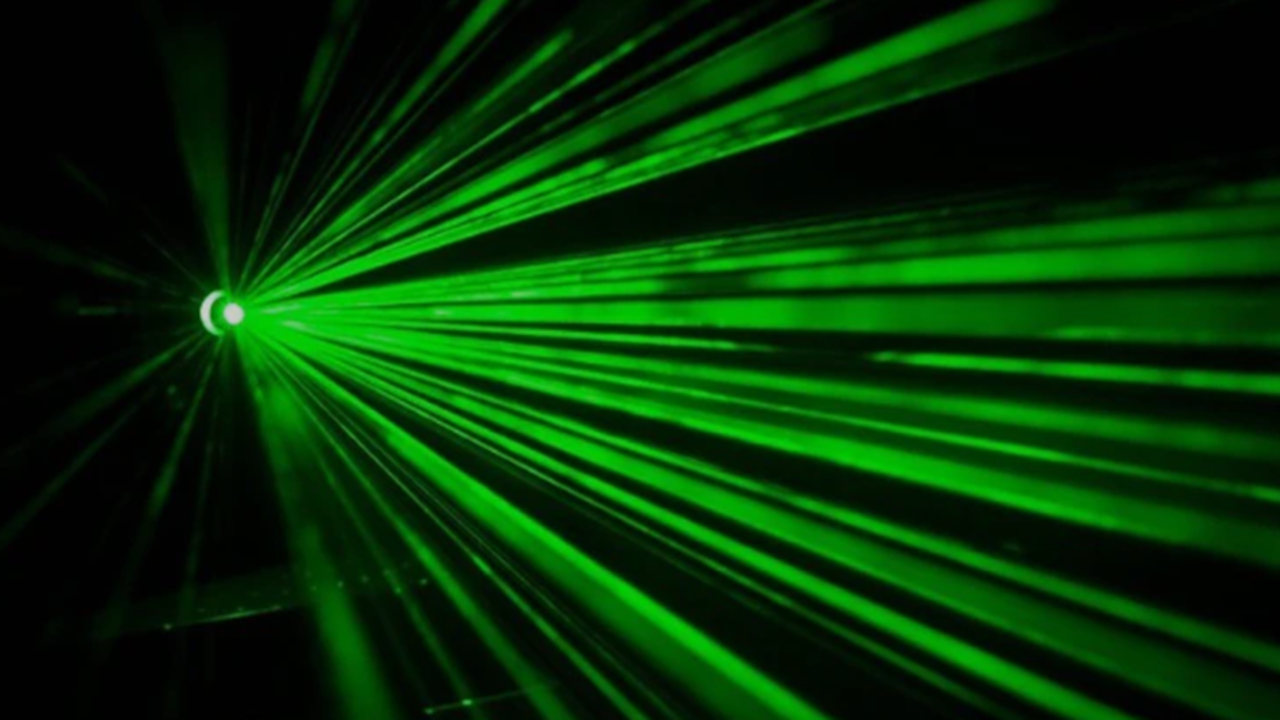In the intricate labyrinth of contemporary measurement science, laser measuring equipment serves as a beacon, illuminating the path for precision and accuracy in various applications. Much like a seasoned cartographer who skillfully charts uncharted territories with meticulous detail, laser instruments provide invaluable insights across multiple domains, ranging from construction to healthcare. This exposition delves into the multifaceted uses of laser measuring equipment, elucidating its profound impact on industries and disciplines where precision is paramount.
At its core, laser measuring equipment employs light amplification through stimulated emission of radiation, harnessing the properties of coherent light to ascertain distances with extraordinary accuracy. The allure of this technology lies not only in its precision but also in its versatility—whether in the form of laser distance meters, laser levels, or laser scanners, these tools have revolutionized traditional measurement methods. The application spectrum of laser measuring equipment is as vast as the cosmos, punctuated by interstellar points of light that reveal unprecedented details in spatial dimensions.
1. Construction and Architecture: Shaping the Future
In the realm of construction, laser measuring equipment has emerged as the architect’s magnum opus. When crafting structures that pierce the skyline, precision is non-negotiable. Laser distance meters facilitate the precise measurement of lengths and heights, reducing margins of error that can translate into staggering financial repercussions. The ability to measure distances up to several hundred meters with just a flick of a finger plays a fundamental role in ensuring structural integrity and aesthetic value. The transformable nature of laser levels aids in establishing true horizontal and vertical alignments, ensuring that every beam and column contributes harmonically to the symphony of modern architecture.
2. Surveying: Mapping the Terrain of Tomorrow
Surveying, a discipline that traces its roots back to ancient civilizations, has undergone a renaissance with the integration of laser technology. Traditional methods can often be labor-intensive and fraught with inaccuracies. Laser scanning, a technique akin to creating a three-dimensional tapestry of the landscape, captures vast amounts of data in mere moments. This digital canvas allows surveyors to analyze topographical features, delineate boundaries, and even model complex geological formations with unparalleled precision. The metaphorical brushstrokes of laser beams paint a detailed portrait of the earth, aiding urban planners in constructing resilient cities that harmonize with nature.
3. Industrial Applications: Precision in Production
The manufacturing industry, akin to a finely tuned orchestra, requires each component to perform flawlessly. Laser measuring equipment serves as the conductor, ensuring that every part fits together with immaculate conformity. In production lines where tolerances are measured in micrometers, laser measurement systems facilitate real-time quality control processes. Through non-contact measurements, manufacturers can detect defects at a molecular level, preempting costly errors that could arise from variations in materials. This extension of quality assurance permeates everything from automotive components to electronic devices and reflects a commitment to excellence in engineering.
4. Healthcare: Navigating the Precision of Medicine
Beyond the disciplines of engineering and architecture, laser measuring equipment finds pivotal applications in the healthcare sector. Consider the medical imaging technologies employing laser triangulation, which provide critical data for diagnosing ailments with remarkable precision. In fields such as ophthalmology, laser systems are utilized to measure eye topography, aiding in the detection of corneal irregularities that can severely impair vision. Just as a lens focuses the light to generate a clearer image, laser measurement tools refine the boundaries of what medical professionals can achieve in diagnostics and treatment planning.
5. Art and Conservation: Preserving the Past
The arts and heritage conservation domains also benefit from the unique attributes of laser measuring equipment, permitting the meticulous documentation of masterpieces and historic structures. Laser scanning can create high-resolution 3D models of art pieces or architectural wonders, capturing details that the human eye may overlook. This digital preservation acts as a safeguard against the erosive forces of time. In this way, laser technology enables historians and conservationists to weave together narratives that honor the past while ensuring the legacy of cultural artifacts continues to illuminate future generations.
6. Research and Development: Unlocking New Horizons
In the pursuit of knowledge, researchers across scientific disciplines harness laser measuring equipment to delve into realms previously thought unattainable. Whether it’s in the cross-disciplinary studies involving physics, biology, or materials science, laser measurements allow for the exploration of phenomena at unprecedented scales. From characterizing nanostructures to understanding complex biological systems, the precision of these measuring devices helps navigate the vast ocean of scientific inquiry, revealing the fundamental principles that govern the universe.
In summary, laser measuring equipment has transcended its humble beginnings to become an indispensable instrument that shapes the modern landscape across diverse sectors. Like a multifaceted gem reflecting myriad colors, the applications of laser measurement are imbued with a compelling appeal, drawing together the narratives of construction, surveying, manufacturing, healthcare, conservation, and research into a unified tapestry of innovation. As technology continues to evolve, the captivating prowess of laser measuring equipment will undoubtedly pave the way for further advancements, igniting the imagination and inspiring future generations in their quest for precision and discovery.










